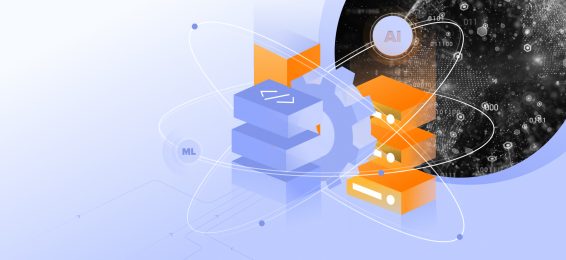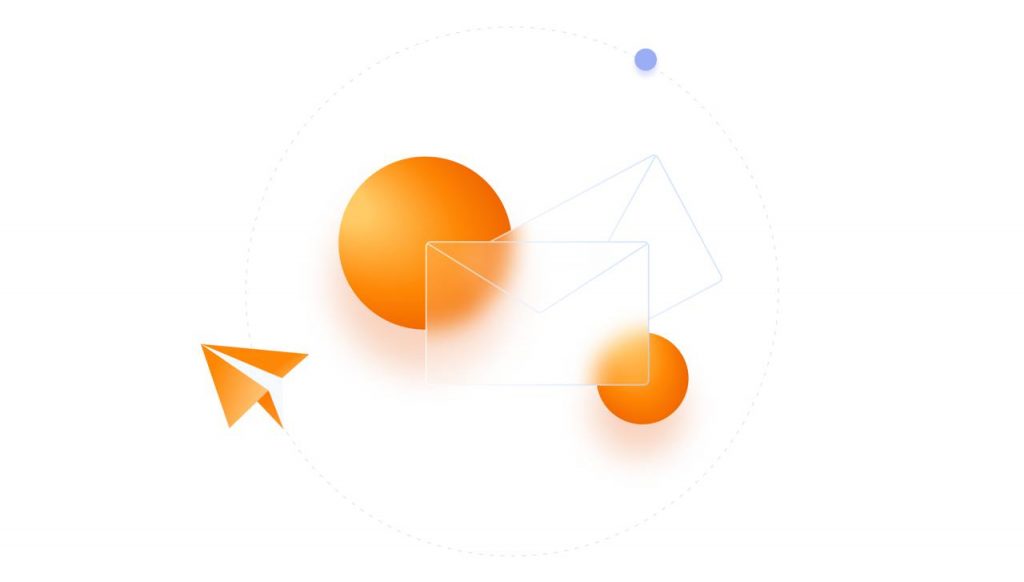Data mapping tools help ensure that data from various systems can be combined effectively, analyzed, and used for decision-making. Organizations can avoid data inconsistencies, improve data quality, and facilitate data sharing and collaboration by understanding the mapping between different data elements.
Benefits of data mapping software
Data mapping offers several benefits, including improved data quality, enhanced data integration, and more informed decision-making.
Understanding the relationships between data elements helps organizations ensure data consistency, facilitate data sharing, and gain valuable insights from their data assets.
- Improved data quality: ensures consistency and accuracy across different data sources.
- Enhanced data integration: facilitates the combination of data from various systems.
- Improved decision-making: provides a more comprehensive view of data for informed decisions.
- Increased efficiency: streamlines data analysis and reporting processes.
- Enhanced data governance: helps organizations manage data assets more effectively.
- Reduced risk: minimizes the risk of data errors and inconsistencies.
- Improved compliance: helps organizations comply with data privacy and security regulations.
- Enhanced customer experience: enables personalized experiences based on customer data.
- Increased revenue: drives revenue growth through data-driven insights and optimized operations.
Challenges of data mapping
Data mapping can be challenging due to complexity, heterogeneity, and quality issues.
These challenges can make identifying and defining relationships between data elements from different sources easier, leading to potential errors and inconsistencies.
- Data complexity: dealing with complex data structures, varying data formats, and inconsistencies.
- Data heterogeneity: integrating data from multiple sources with different schemas and definitions.
- Data quality issues: addressing data errors, inconsistencies, and missing values.
- Data governance: ensuring compliance with data privacy and security regulations.
- Technical limitations: overcoming technical challenges like performance issues, scalability, and integration complexities.
- Business requirements: aligning data mapping efforts with organizational goals and objectives.
- Changing data landscape: adapting to evolving data sources and technologies.
- Human error: avoiding mistakes during the data mapping process.
- Lack of expertise: ensuring that individuals involved in data mapping have the necessary skills and knowledge.
Data mapping techniques
There are three types of data mapping techniques: manual, semi-manual, and automated.
Manual data mapping is a labor-intensive process that involves manually identifying and defining relationships between data elements from different sources.
This technique provides granular control and flexibility, making it suitable for complex or custom mapping scenarios. However, manual mapping can be time-consuming, error-prone, and difficult to scale for large datasets.
Semi-manual data mapping combines manual and automated techniques, using software tools to suggest mappings based on data analysis and algorithms.
This approach offers a balance of control and efficiency, reducing manual effort while maintaining accuracy. However, semi-manual mapping may require manual intervention for complex or ambiguous mappings.
Automated data mapping relies entirely on software tools to identify and define data relationships using algorithms and machine learning. This technique is highly efficient, scalable and reduces the risk of human error.
However, automated mapping may not be suitable for complex or highly customized mapping scenarios and may require manual validation.
The choice of data mapping technique depends on factors such as the complexity of the data, the level of automation required, and the available resources.



